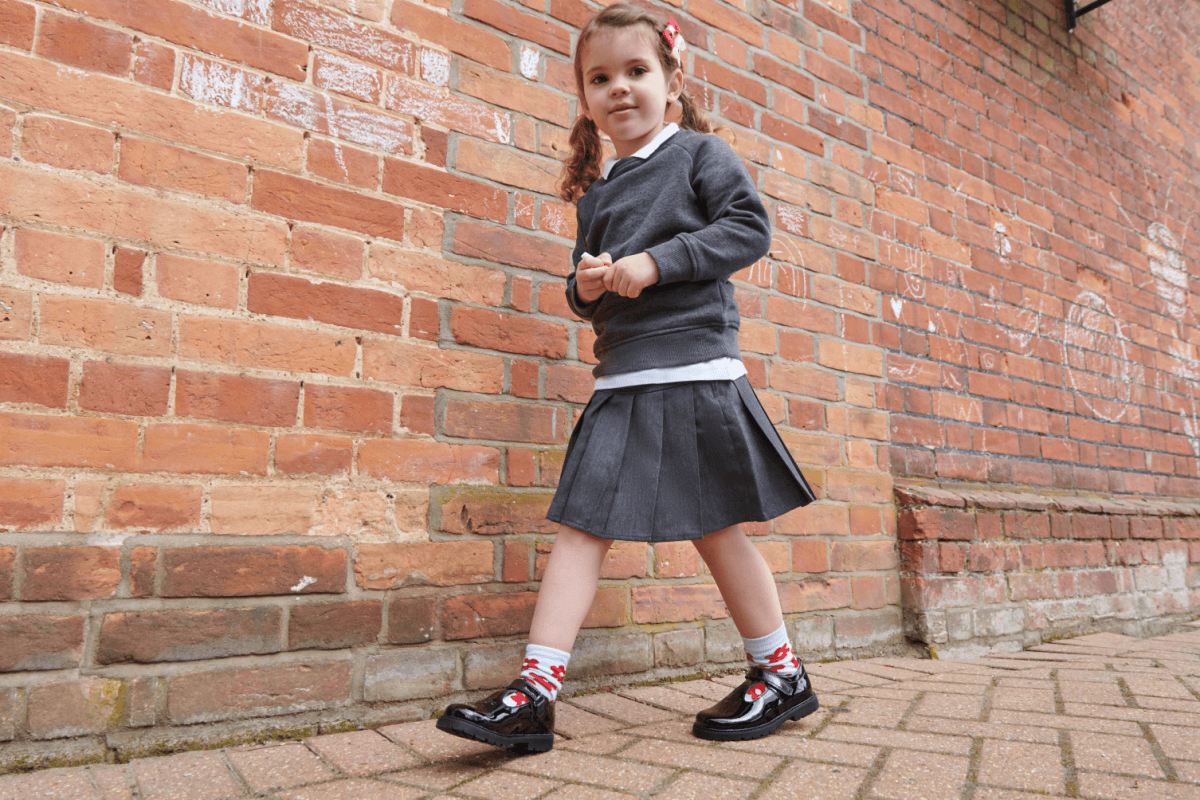
Encouraging children to walk to school has many benefits. It’s a great way to promote physical activity, reduce traffic congestion, and help the environment. But when is the right age for children to start walking to school? The answer is that it depends on the child and the route to school. However, children of all ages can walk to school, including younger siblings who haven’t reached school age yet. The important thing is to get into good habits early.
There's no specific age at which children can walk to school. It depends on things like the length of your journey and the individual child's stamina. Plus, there's the safety of the route you'll take to consider.
Some children may be ready to walk to school at a younger age, while other may need more practice. It's important for you to assess your child's readiness and take steps to ensure their safety, such as choosing a safe route and teaching them road safety rules.
If your child is not used to walking, start with short distances and gradually increase the distance over time. For example, you could start by walking to the park and back, then to the local shop, and finally to school. Weekends are often great for this as you aren’t constrained by time or actually needing to get to school!
Before you start walking to school, do a trial run to see how long it takes and to identify any potential hazards or obstacles along the way. This will help you plan your route and prepare your child for the journey, making it as direct and safe as possible.
Walking with other families can be a great way to make the journey more fun and social. If you have friends close by you could organise a group walk . It may be possible to organise a ‘walk-share’ scheme with local parents, similar to car pools, where you create a rota amongst yourselves about who will walk the kids to school each day.
If you’d love to walk to school, but live further away, cycling is another great way to get to school. Many schools have bike racks where children can park their bikes during the day, saving you having to take their bike back home with you. If distance can’t be overcome with cycling, look for somewhere you can safely park away from the school, and then walk in. Even if it’s only ten minutes away, it still counts!
Before you start walking to school, it’s a good idea to consult with the school to find out if there are any specific rules or guidelines you need to follow, particularly for new schools. Most schools are used to parents and children walking in so rarely have rules, but some schools, for example, may have designated drop-off and pick-up points. You can also check about bike racks and cycling options if this is something you wanted to try.
Walking to school may not be possible every day, especially if you have to drop off other children at different locations, the weather is bad, or you have another commitment planned. Be flexible and don’t be too hard on yourself if you can’t walk every day.
Walking to school doesn’t have to be a chore. Make it fun by playing games along the way, singing songs, or pointing out interesting things you see along the way. Kids always love a game of I-spy and it’s a great way to make the transition from driving to walking more enjoyable and less of a big change.
Make sure your child (and you!) are dressed appropriately for the weather and the journey. If it’s cold, make sure you all have warm clothing, gloves, and a hat. If it’s raining, don’t forget to wear a waterproof jacket with a hood as you’ll need your hands free for holding hands (or bags!). High quality, correctly fitting school shoes are perfect for walking in, so no need to get alternative walking shoes.
Safety should be your top priority when walking to school. Make sure your child knows the rules of the road, including how to cross the street safely. If you’re walking in a group, make sure everyone stays together and looks out for each other.
Author: Amanda, published 14-06-2023.